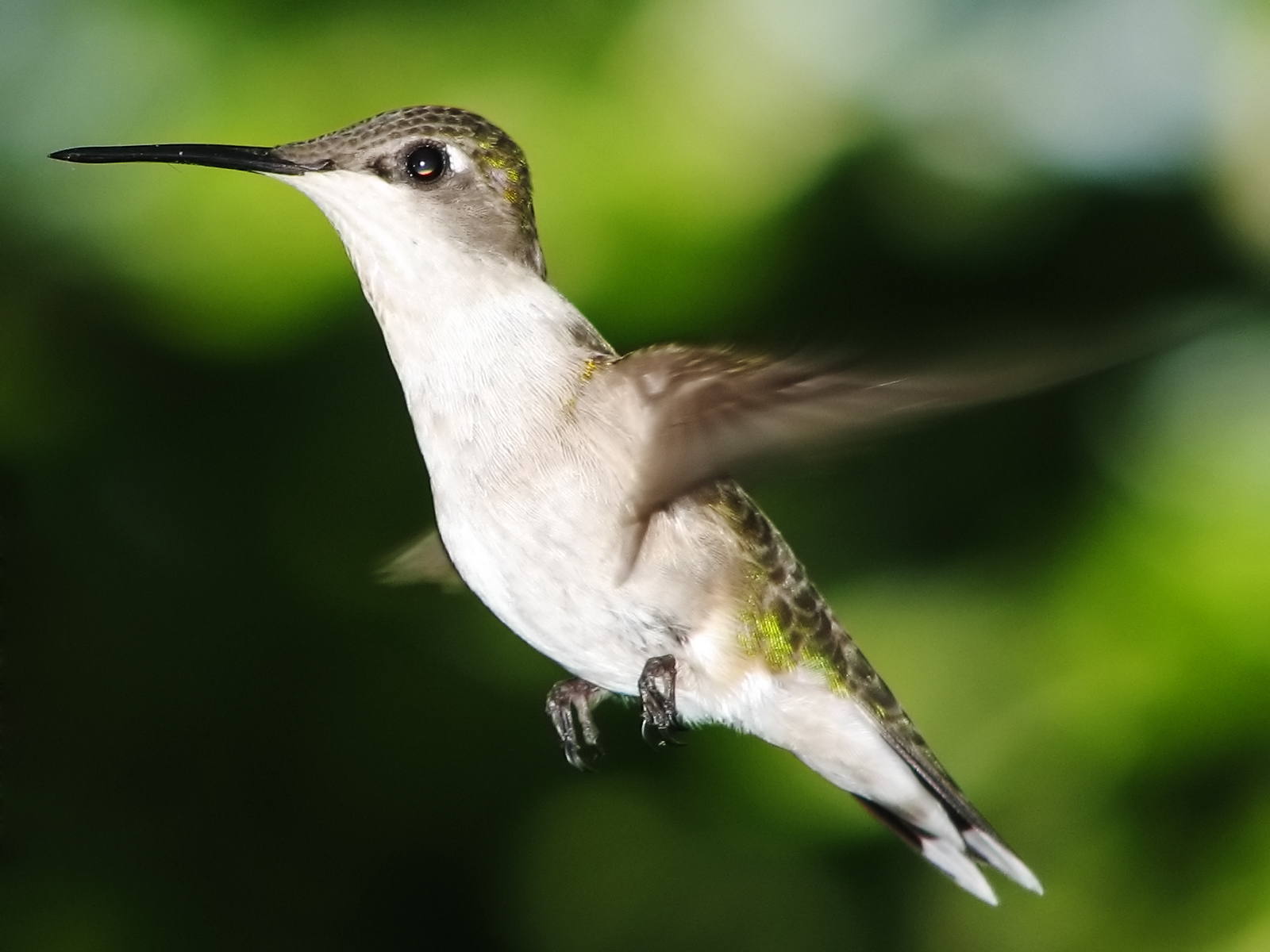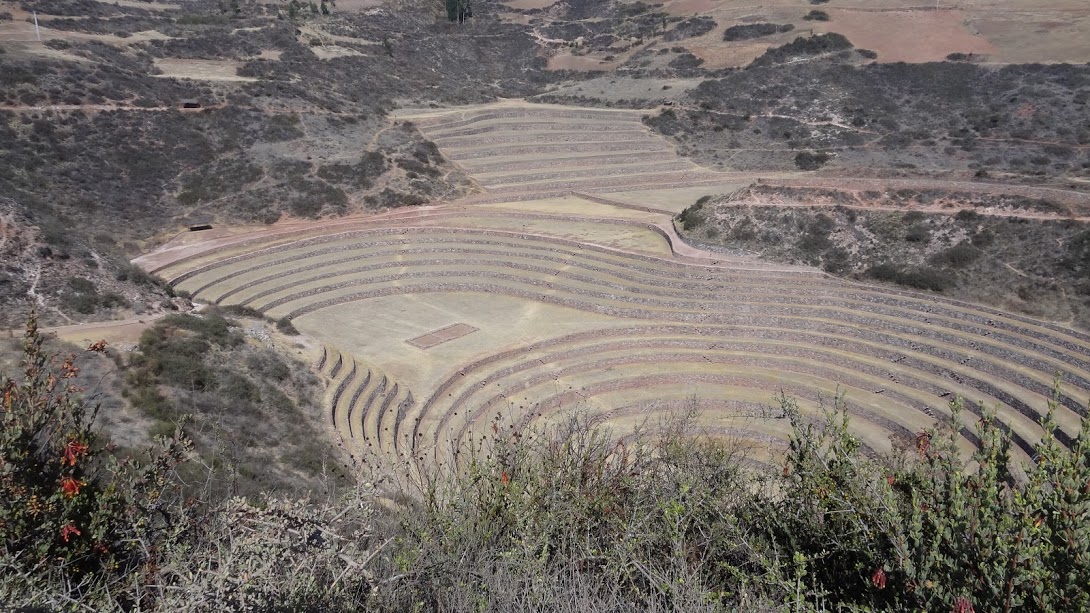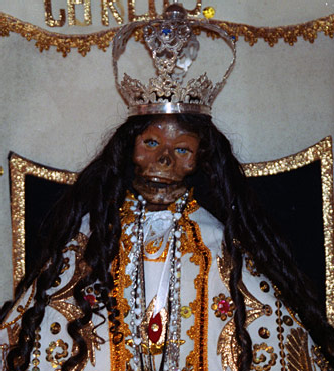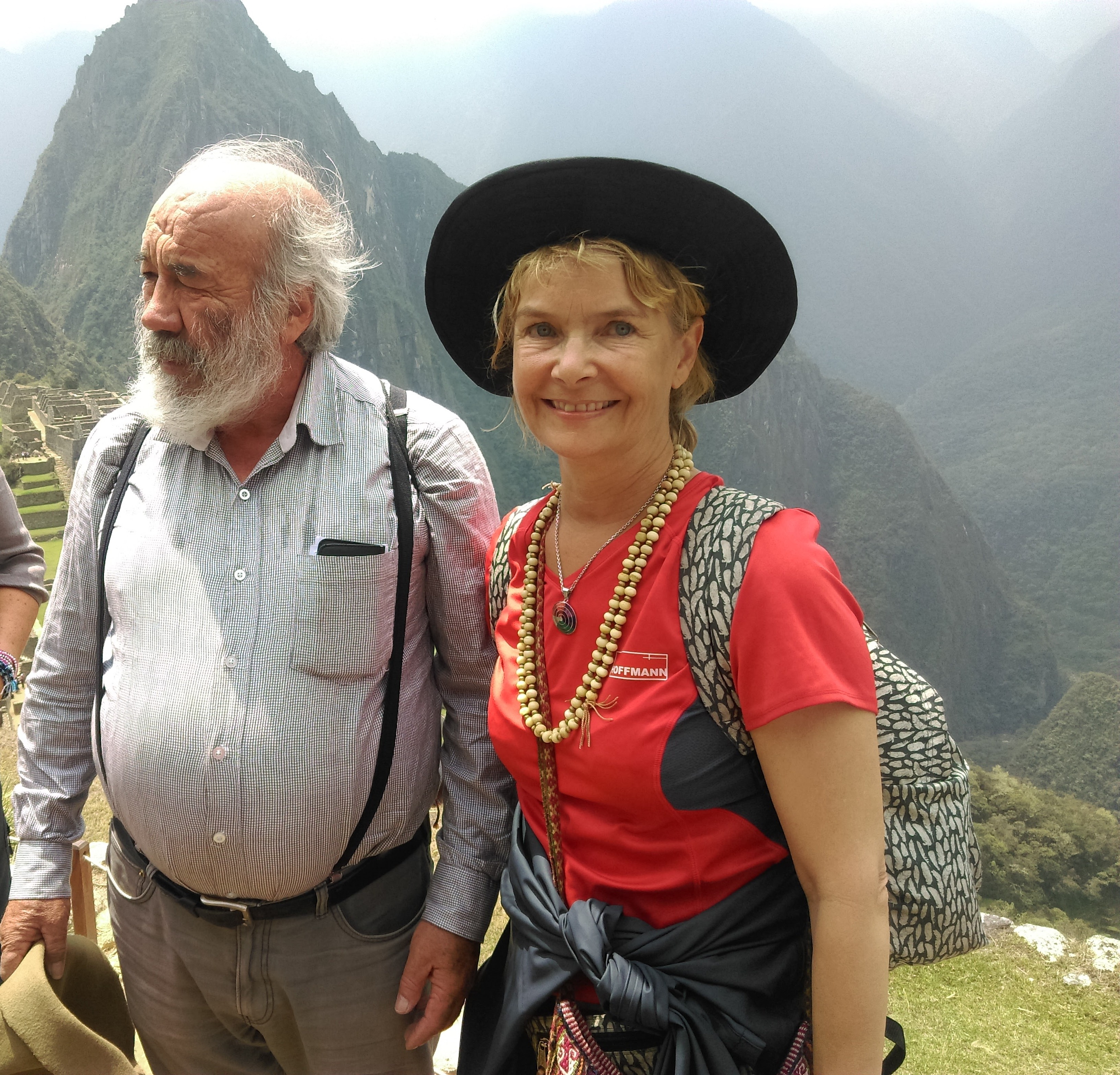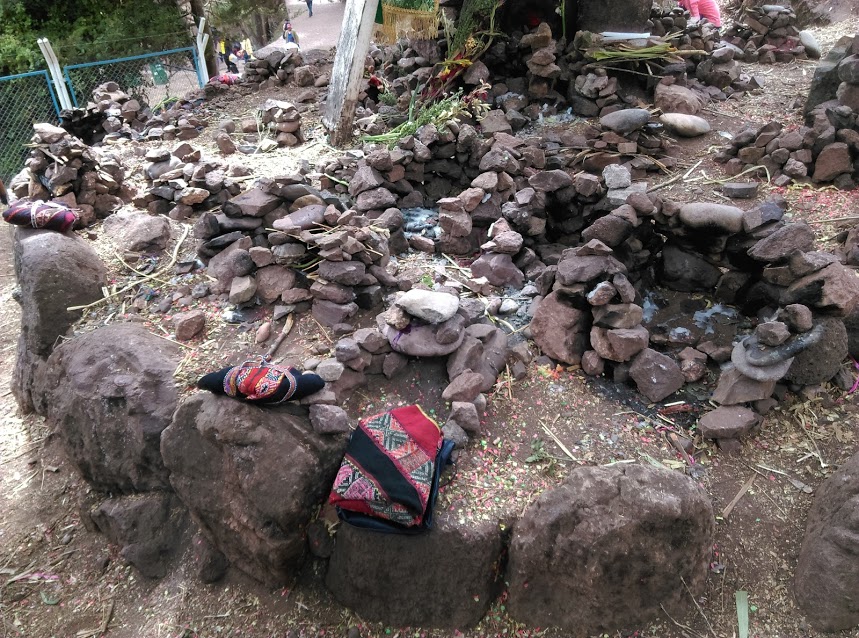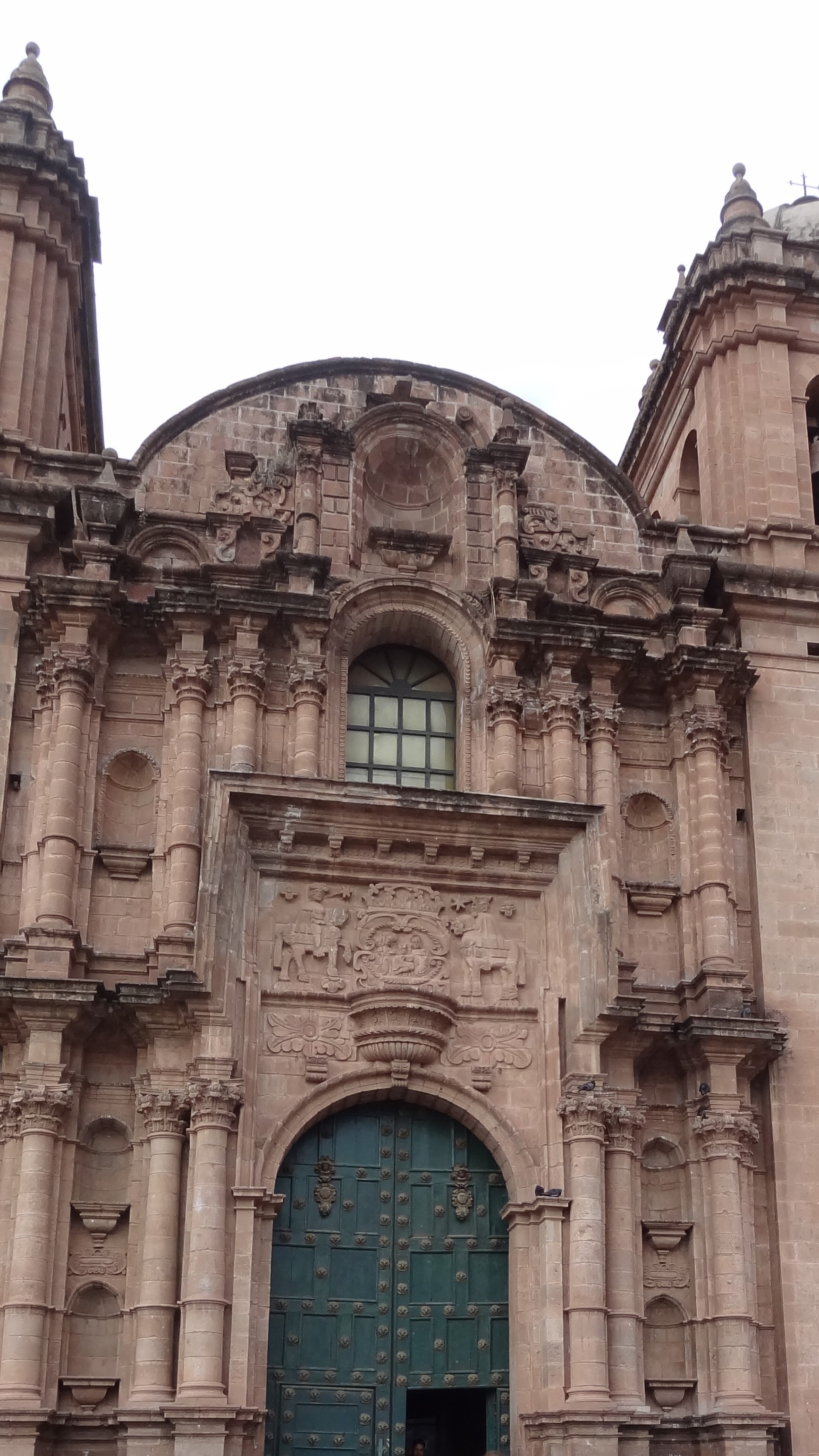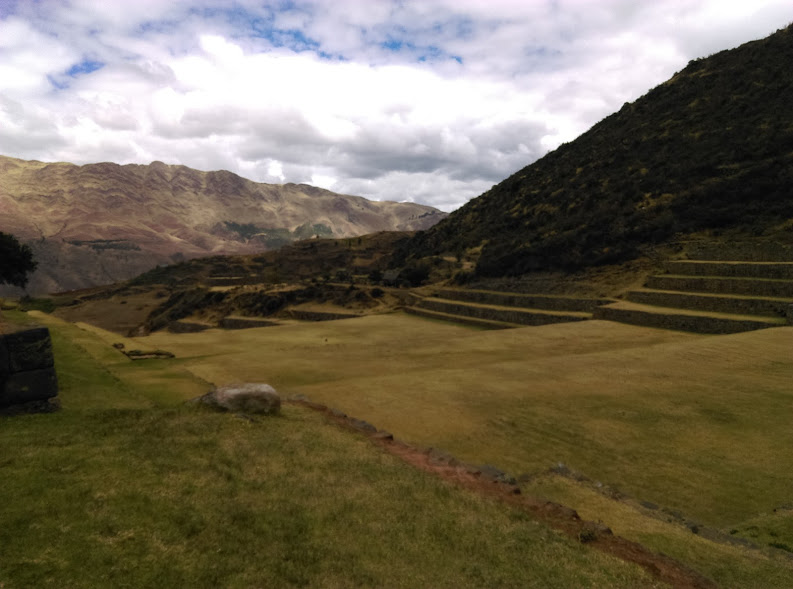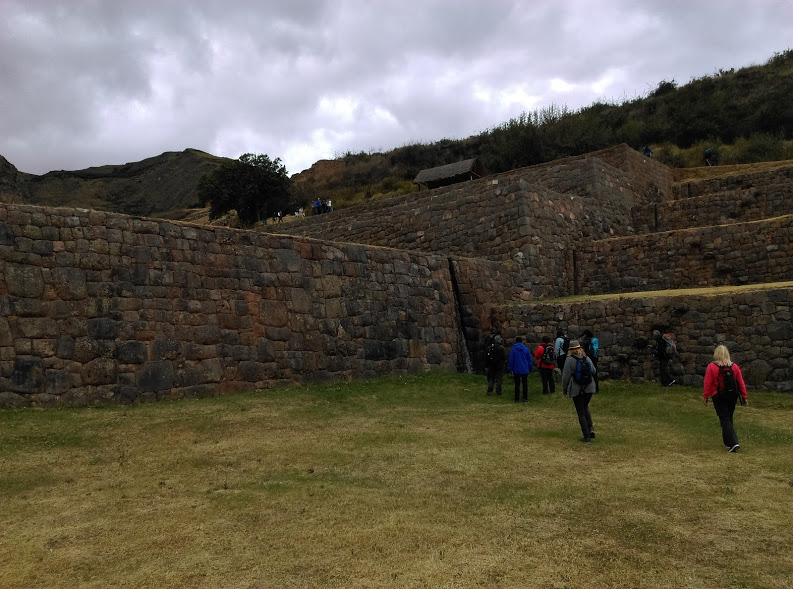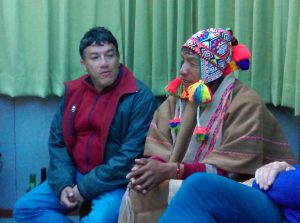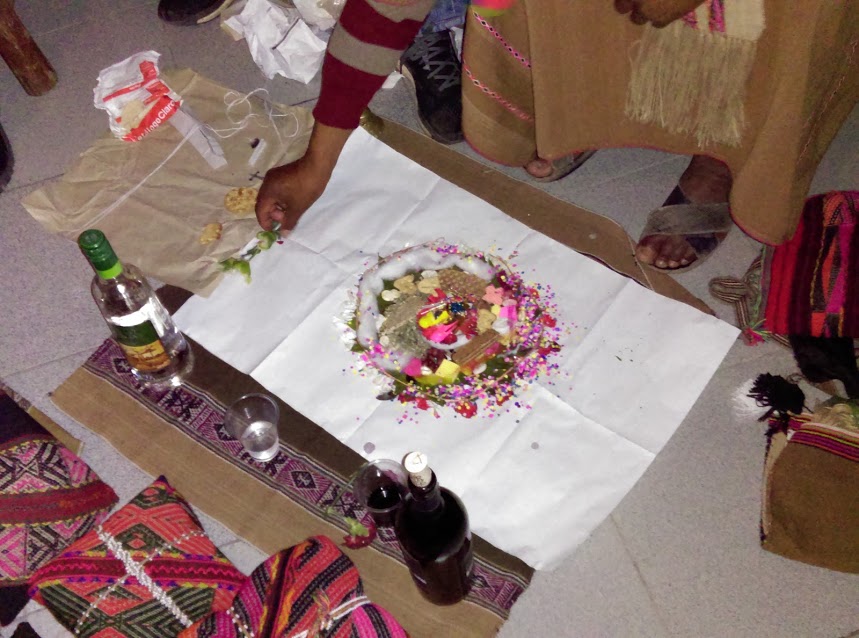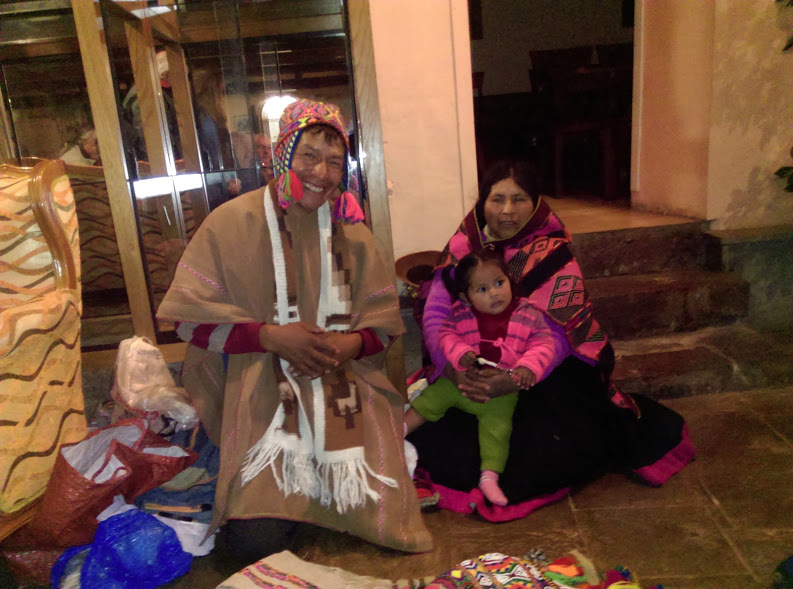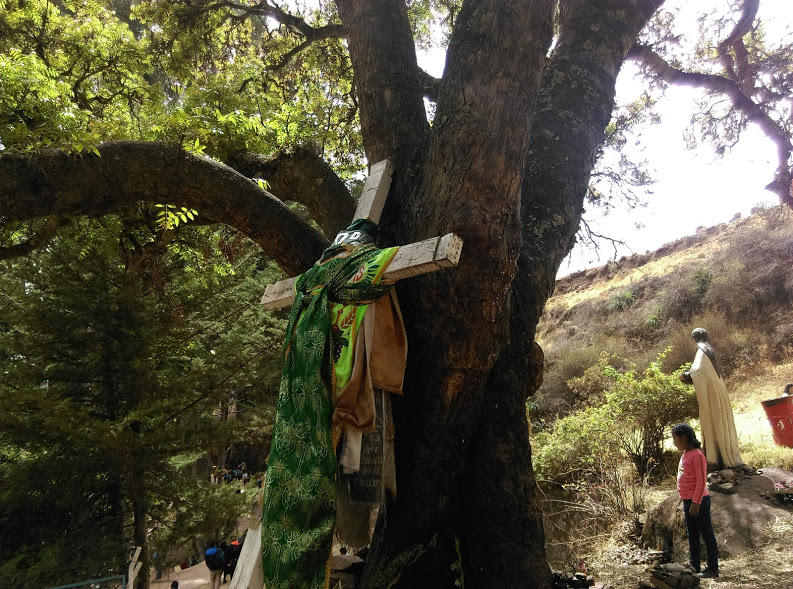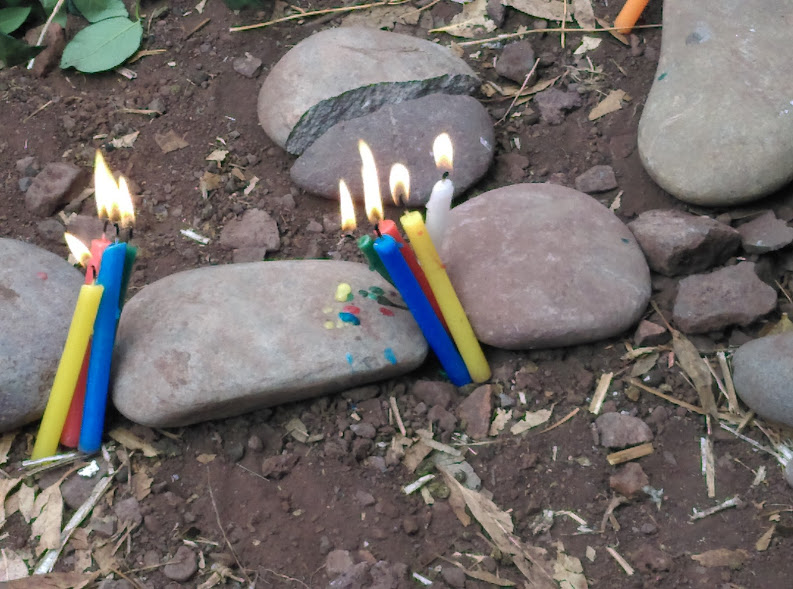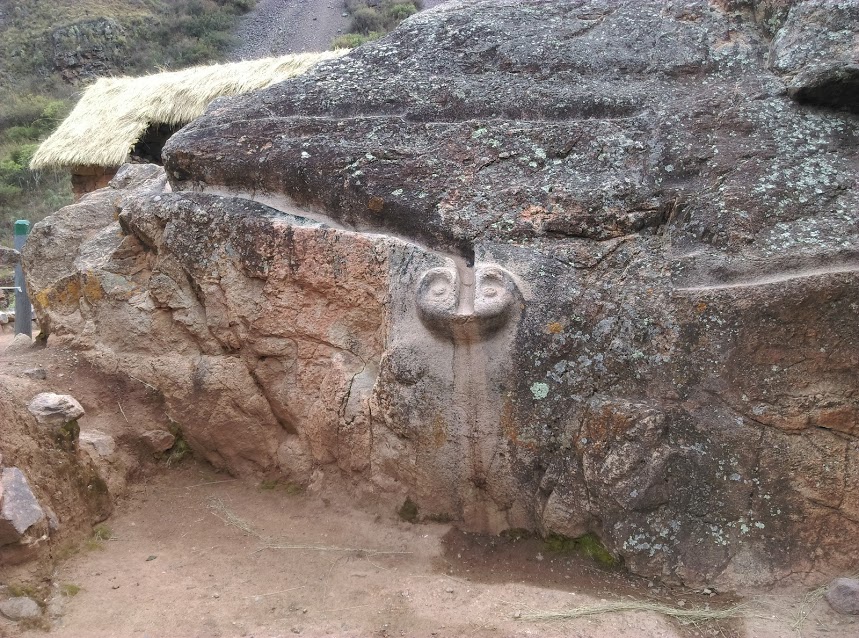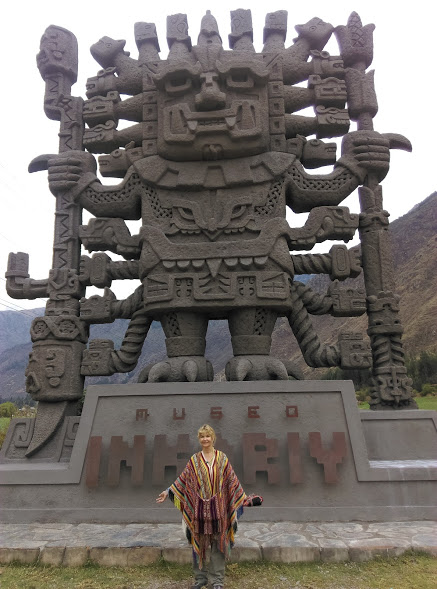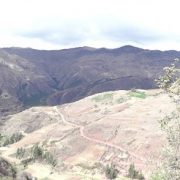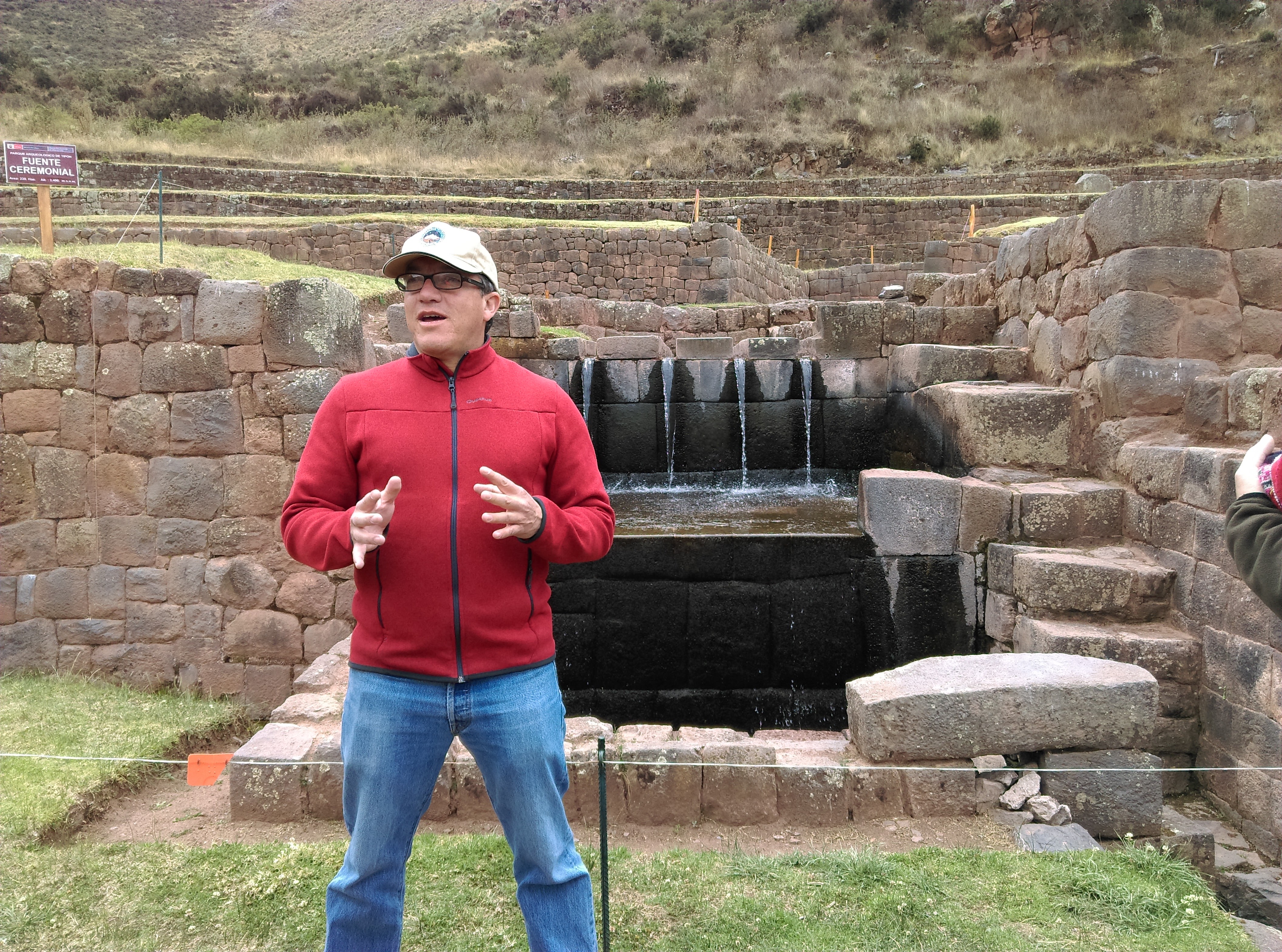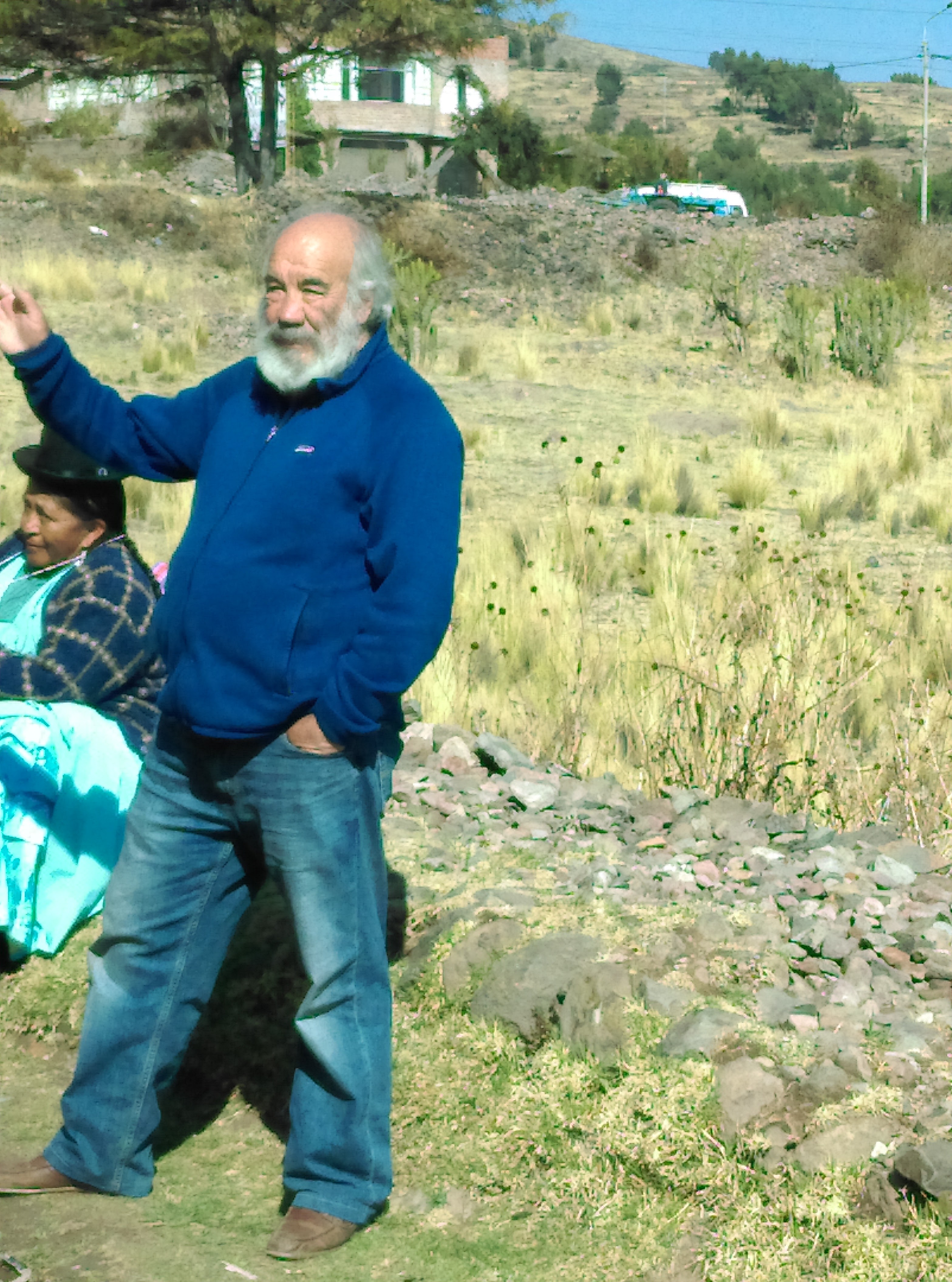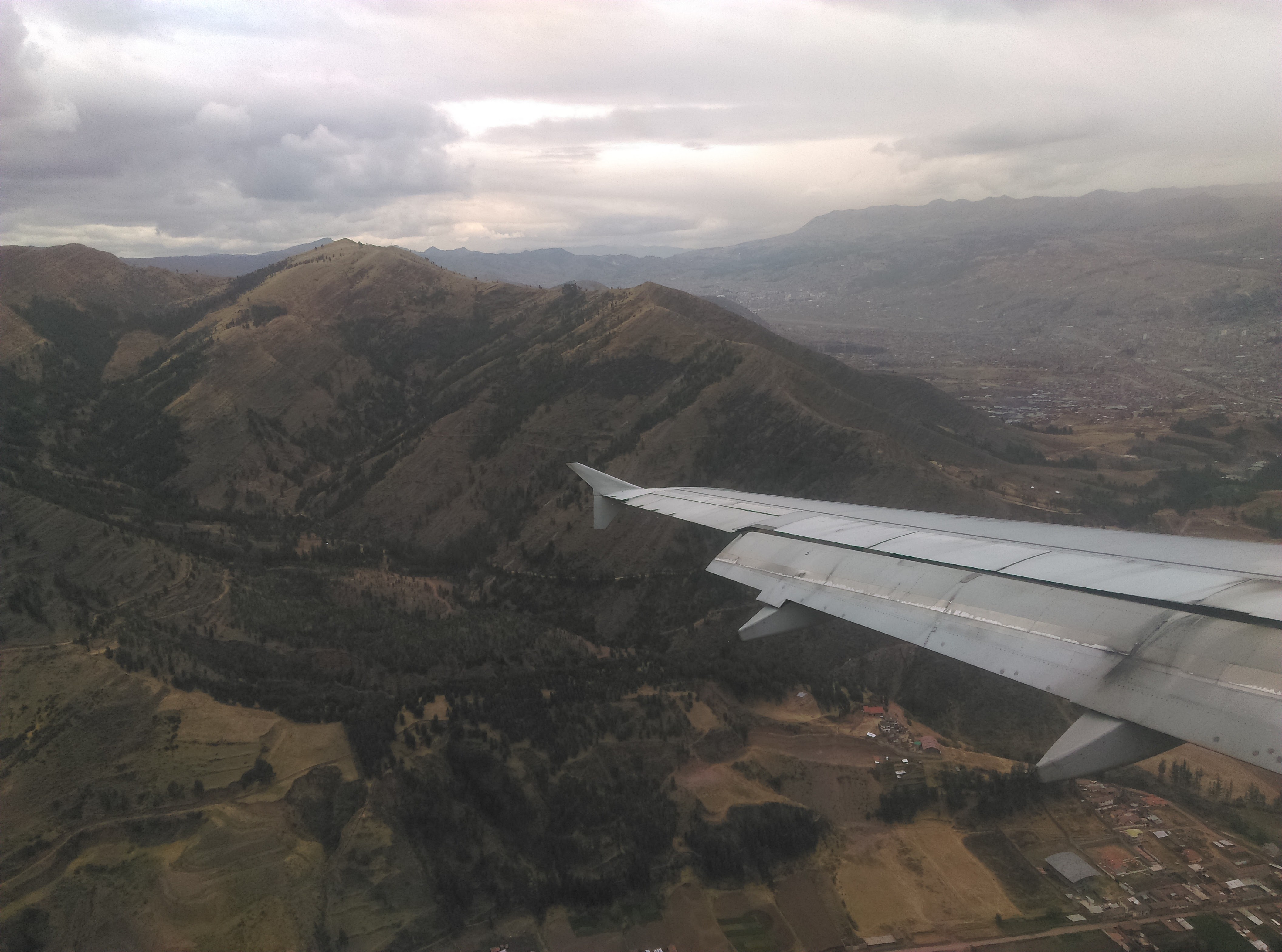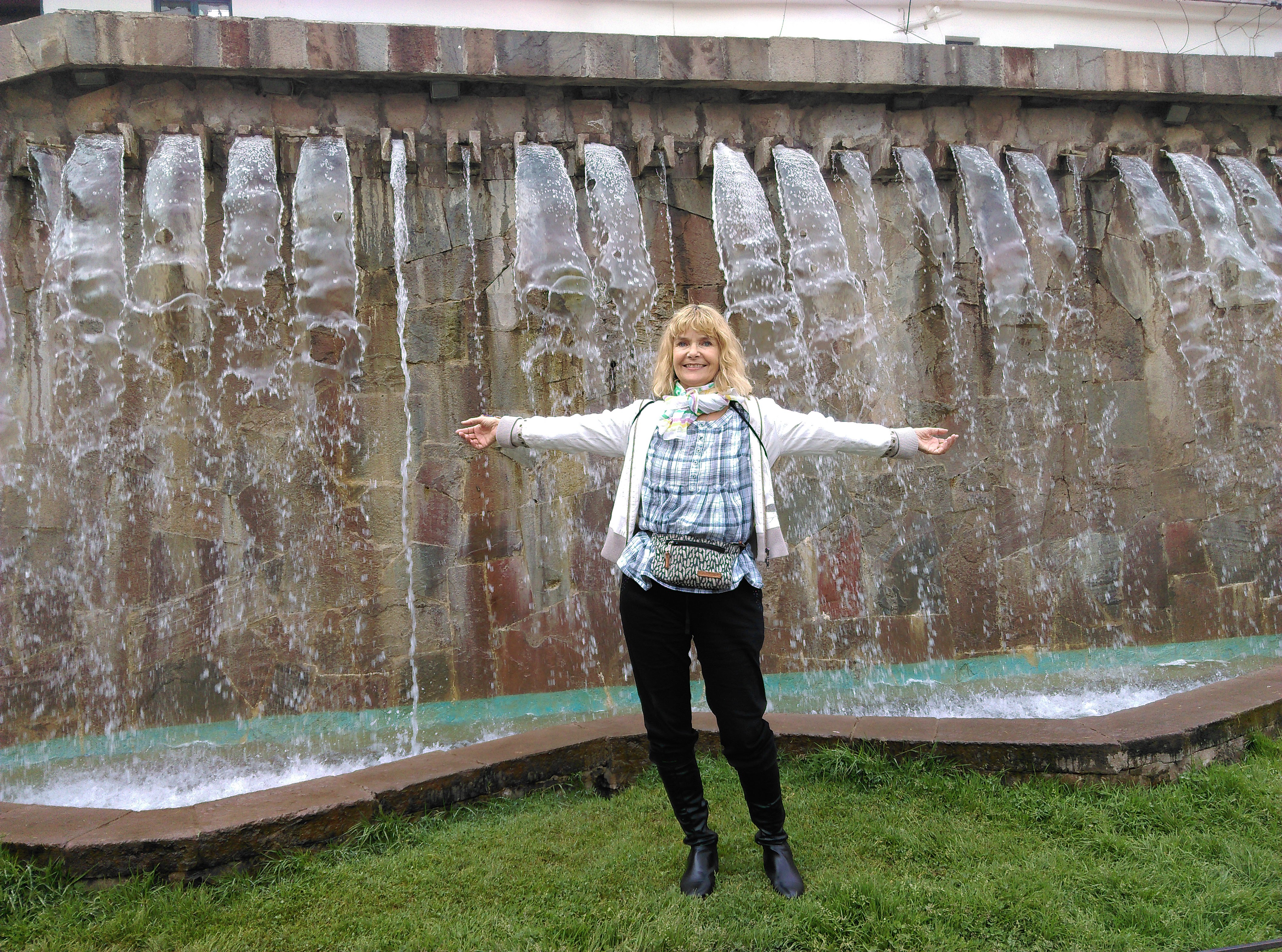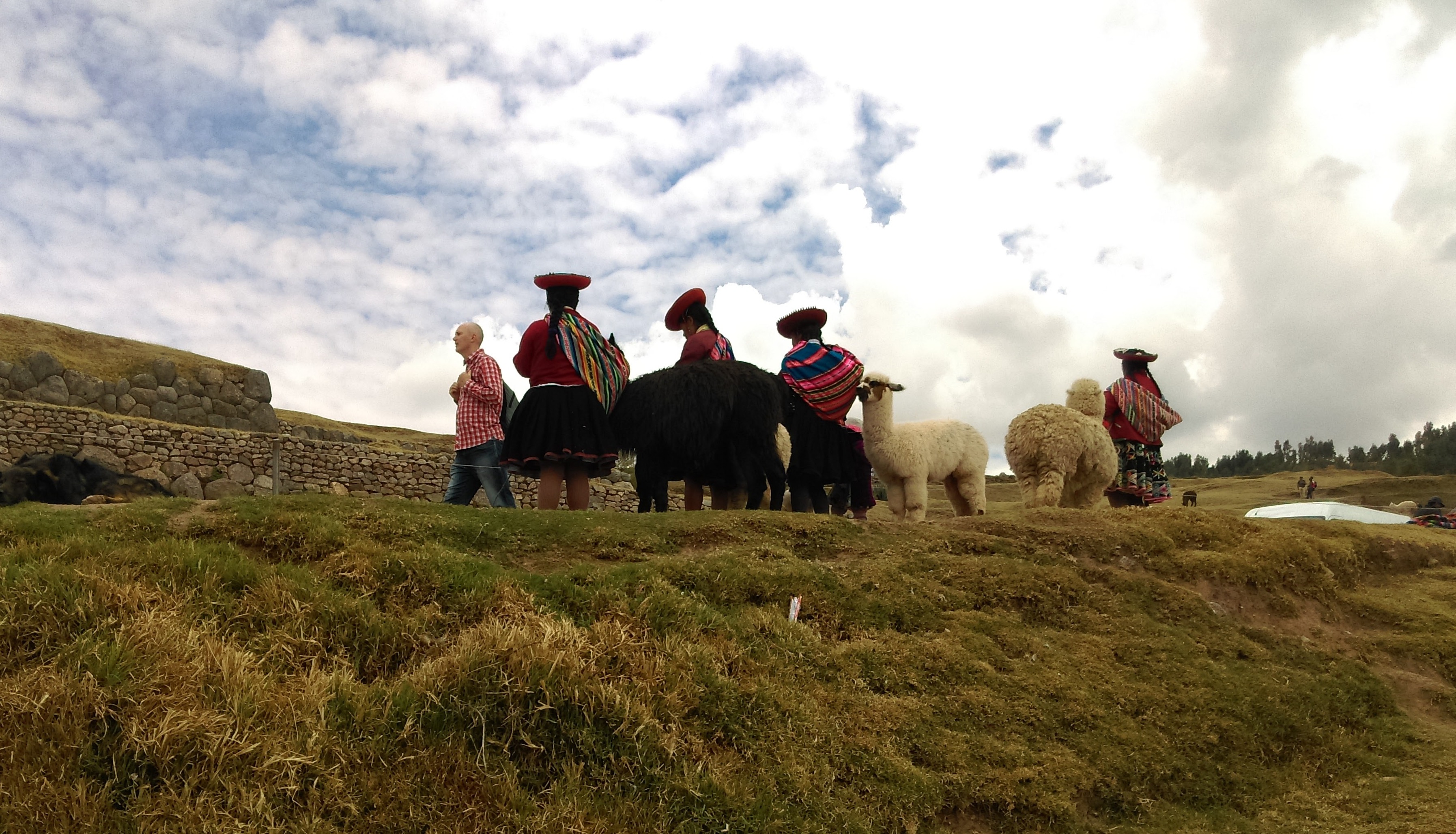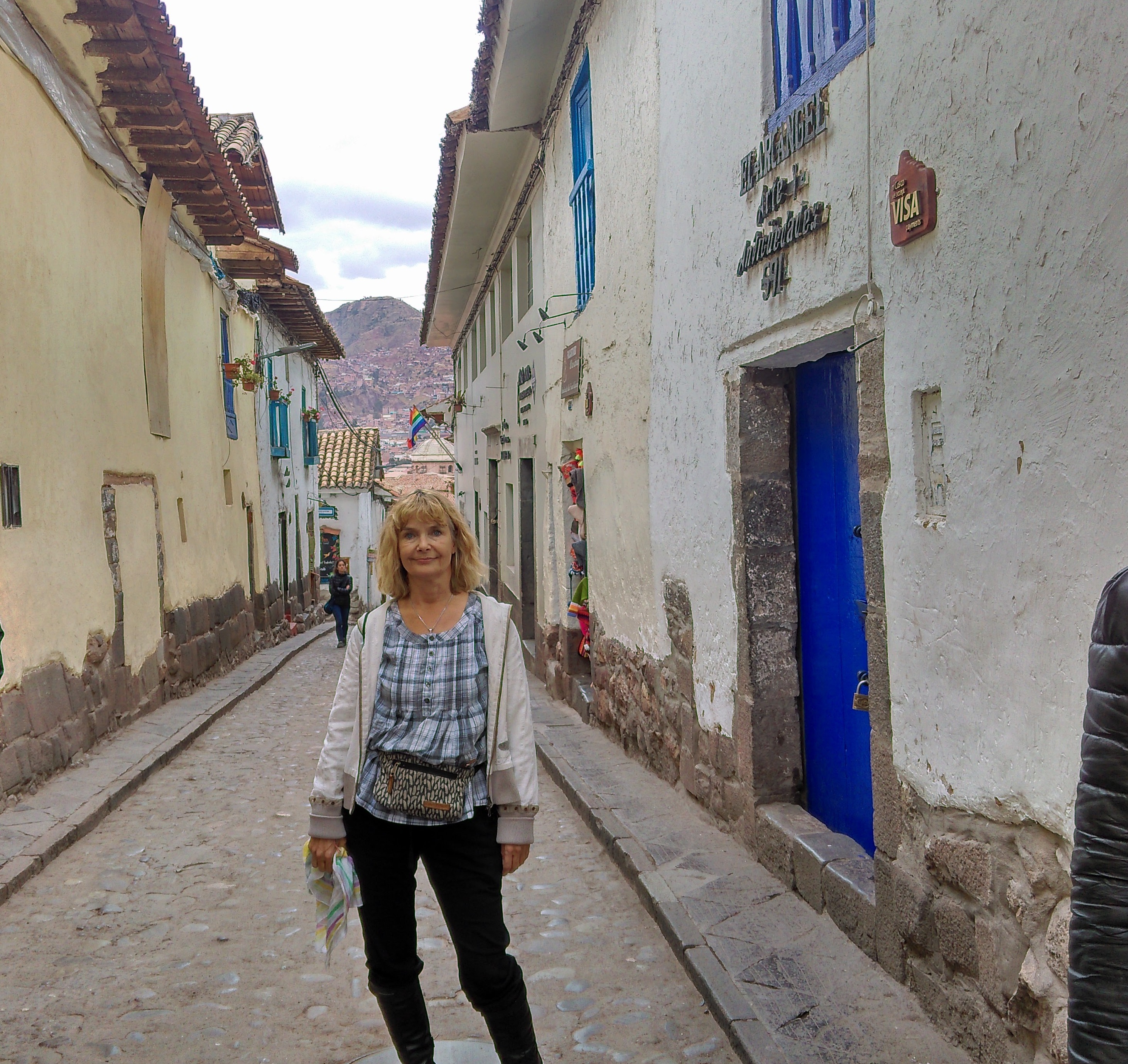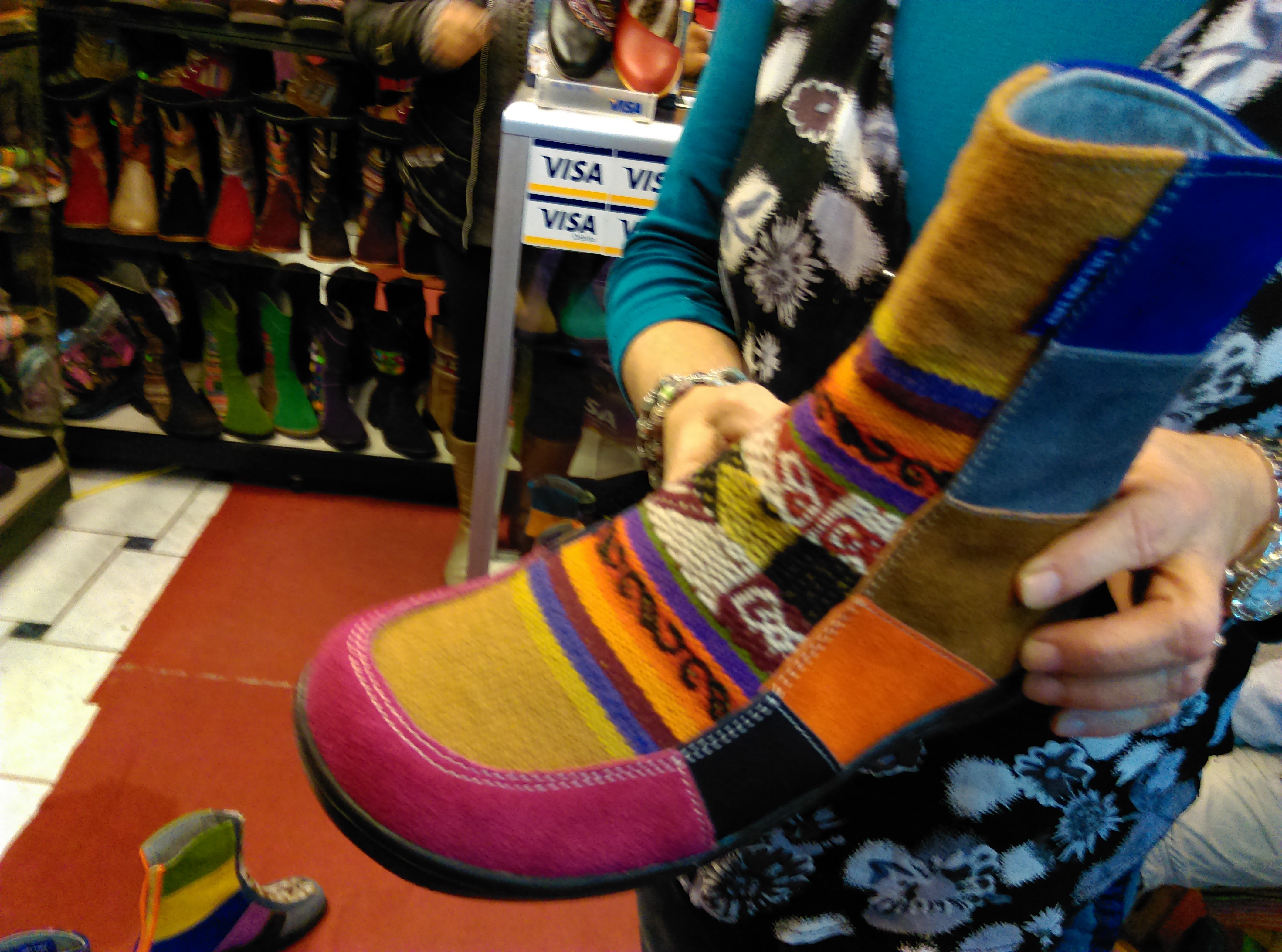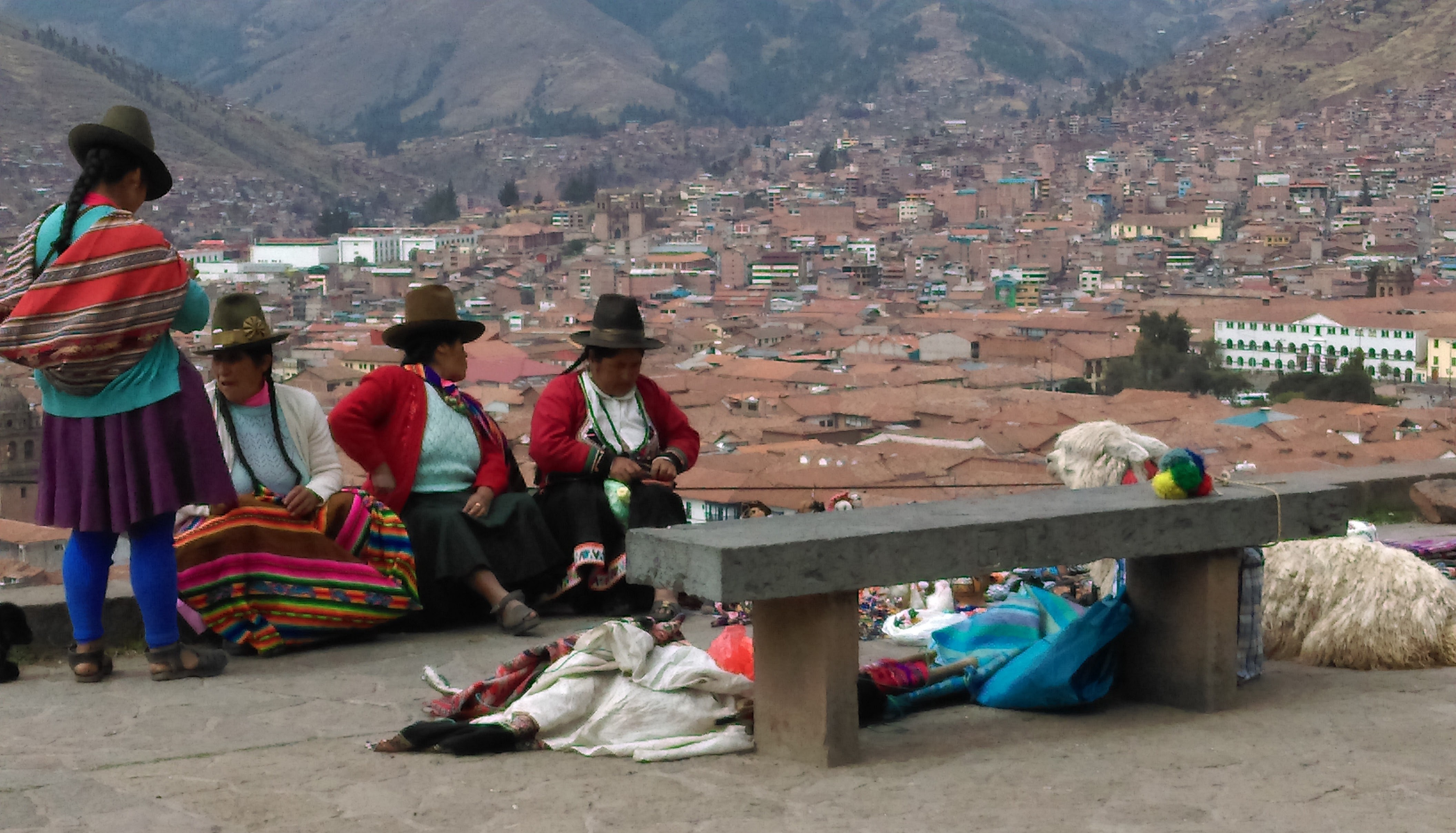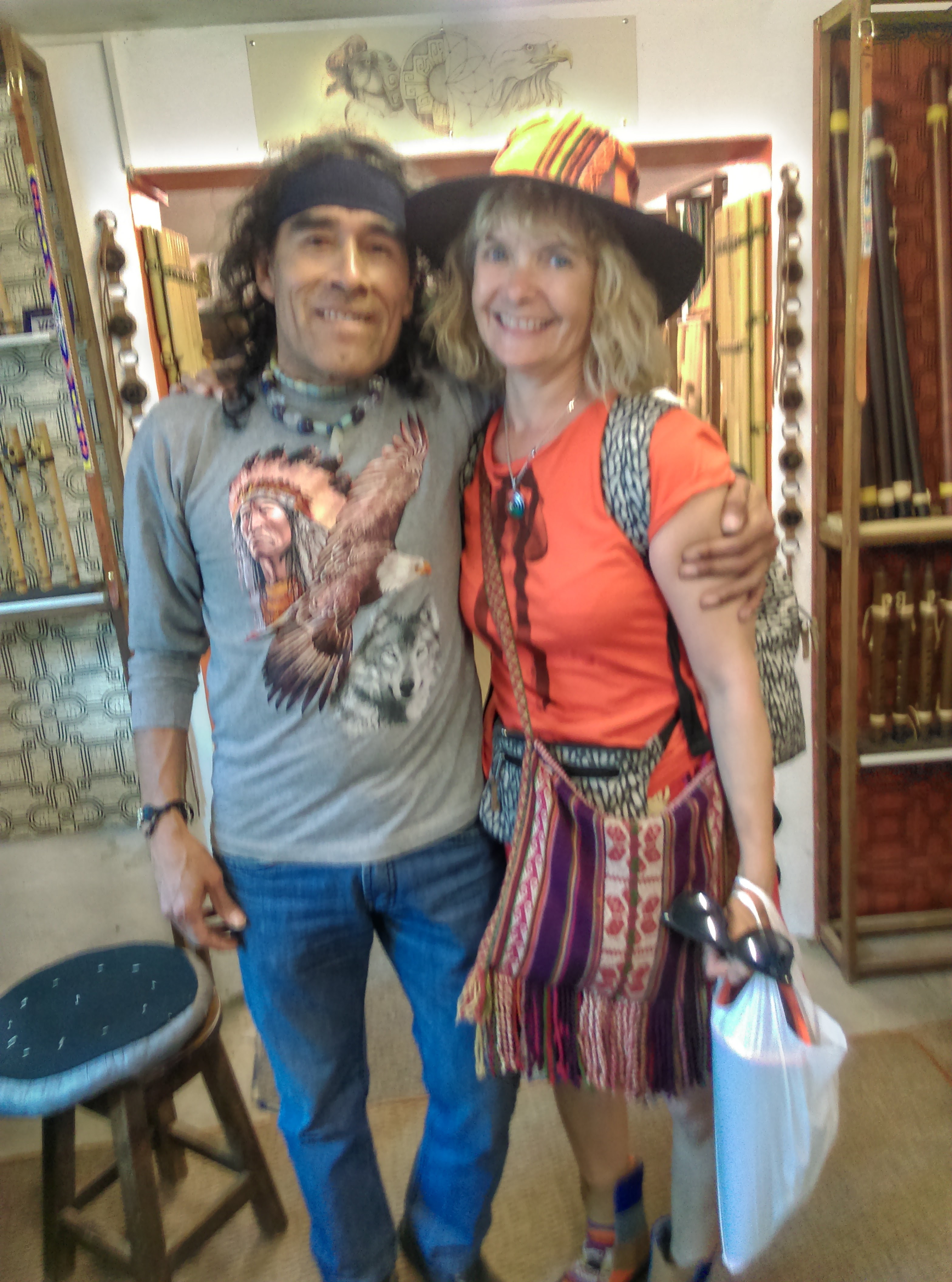Peru – an Initation Journey – part 4
Part 4 of my fantastic initiation journey to Peru initiates in the cathedral of Cusco, where we did more ceremonies.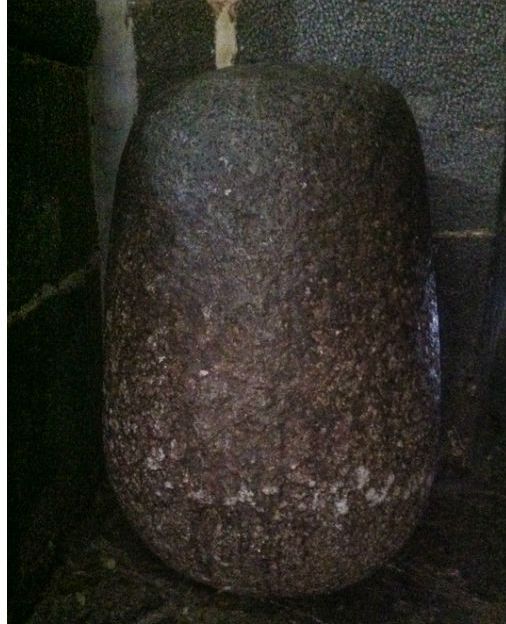
A fantastic place. We had to go from the black Christ to the virgin Mary, and John the baptizer. At last, we had to touch the Wiraqocha stone (or the egg) in order to get rid of hoocha (heavy energy) and receive sami (light energy)
Wiraqocha means “God” or the Creator in quechua (the original language)
I just HAD to go back to the egg again afterwards. So after most of the group had left the cathedral, I went back.
One of the following the days we were following the puma – one of the sacred animals of the Incas (together with the condor and the hummingbird). Amongst other things, the puma symbolizies inner strength and courage. We followed the puma around in Cusco in order to “awaken” it. See also the upper photo on this blog.
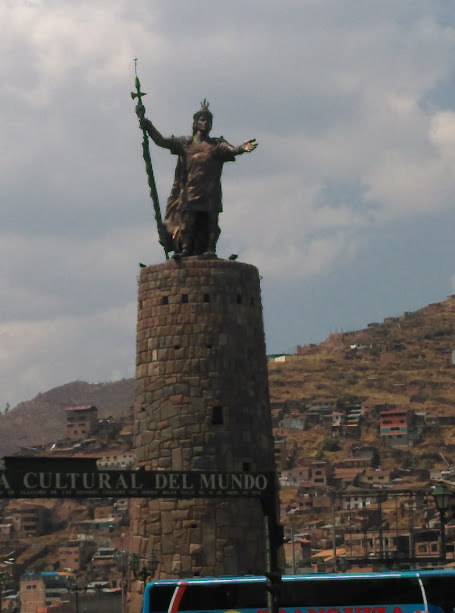
Museum for Pachacuti, Cusco, Peru
To me, one of the hightlights on this day was the above round museum tower for Pachacuti. This was also one of the sites, at which I was filled with a speciel energy.
I felt that Pachacuti meant something very special to me. Read more about Pachacuti here. There was a beautiful snaking rainbow anaconda all the way to the top of the tower of Pachacuti.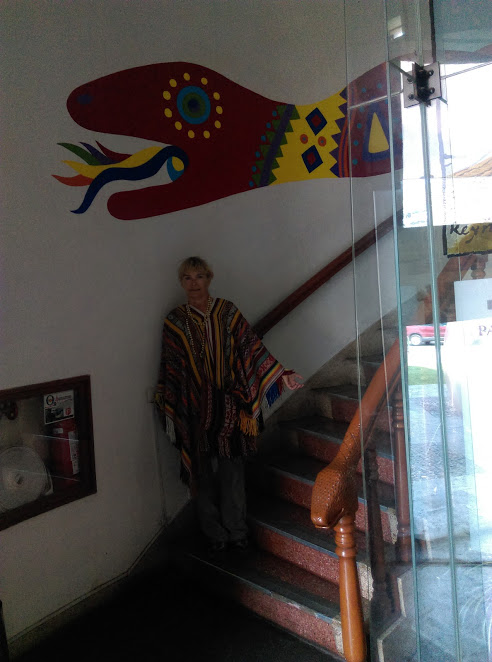 We were followed around in Cusco by the paqo Fransisco, who is brother to Ricardo (the one with the despacho ceremony on the first day). He gave us a special initiation by the head of the puma.
We were followed around in Cusco by the paqo Fransisco, who is brother to Ricardo (the one with the despacho ceremony on the first day). He gave us a special initiation by the head of the puma.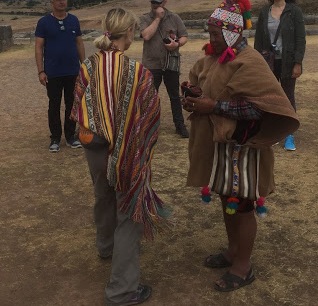 Later on at night, a few of us were so lucky as to getting private despacho performed by Francisco
Later on at night, a few of us were so lucky as to getting private despacho performed by Francisco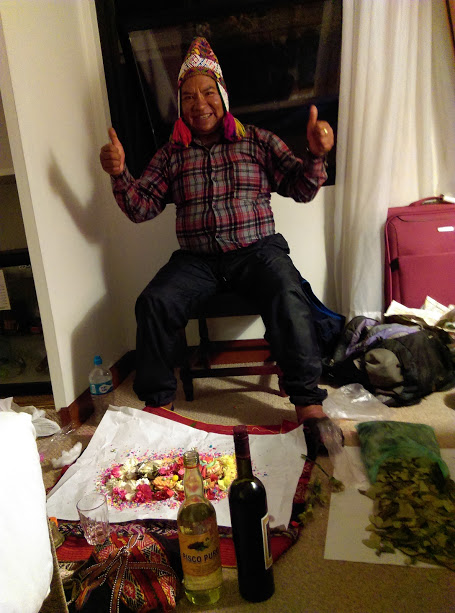 In the temple of Wiracocha we met a lot of happy shool kids, celebrating the first day of spring. When I say a lot – I mean hundreds of children – all shouting either “hola” or hello, pointing curiously at us.
In the temple of Wiracocha we met a lot of happy shool kids, celebrating the first day of spring. When I say a lot – I mean hundreds of children – all shouting either “hola” or hello, pointing curiously at us. 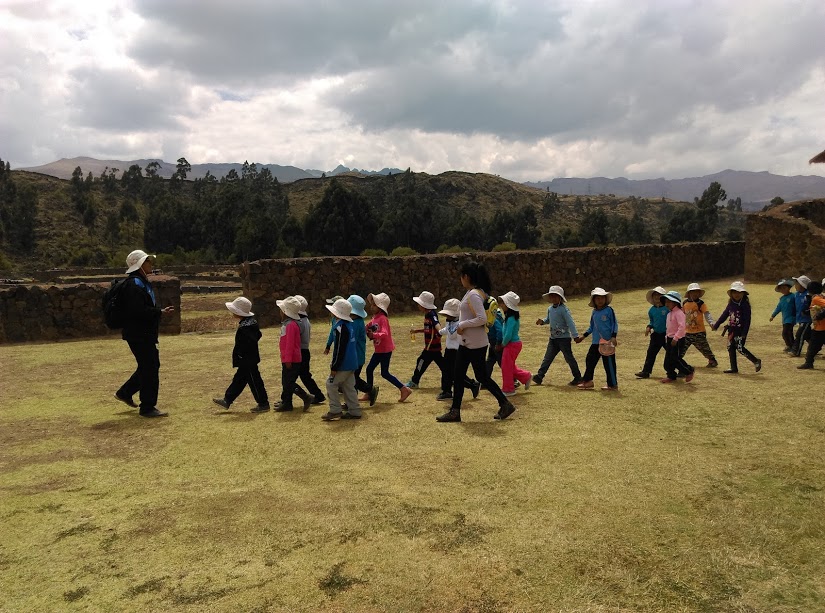
This might be, because some of us have blond hair. It might be, because some of have blond hair. Anyway, it was a warm and positive experience to me (and probably to some of the others as well)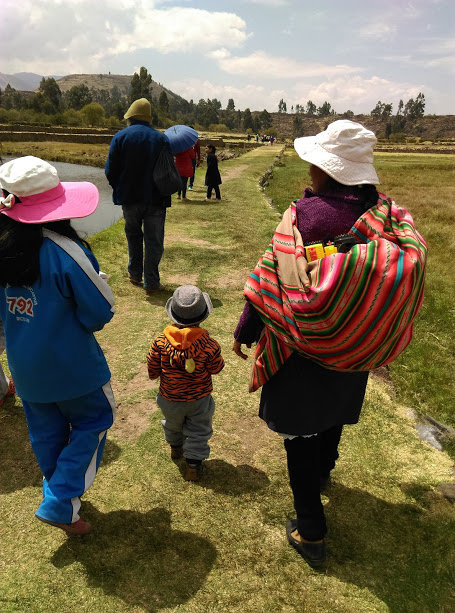 And by the way, who is not touched by the above photo – also from the temple of Wiraqocha, where we performed more ceremonies.
And by the way, who is not touched by the above photo – also from the temple of Wiraqocha, where we performed more ceremonies.
Yet another highlight came, when we sailed on the lake of Titicaca to one of the small floating islands made by reeds. On this particular floating island, there were only 27 inhabitants, all living in huts made by reeds. Their means of transportation to the mainland consisted of funny boats, also made by reeds.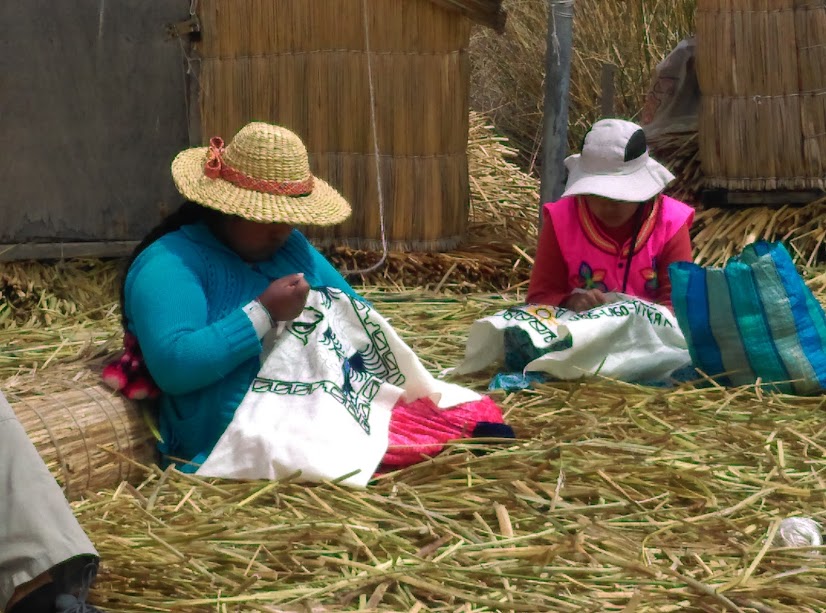
What impressed me the most, was that these families obviously were living together in total peace and harmony – and according to old patriarchal terms. The women were sewing, knitting, taking care of the children and cooking the food.
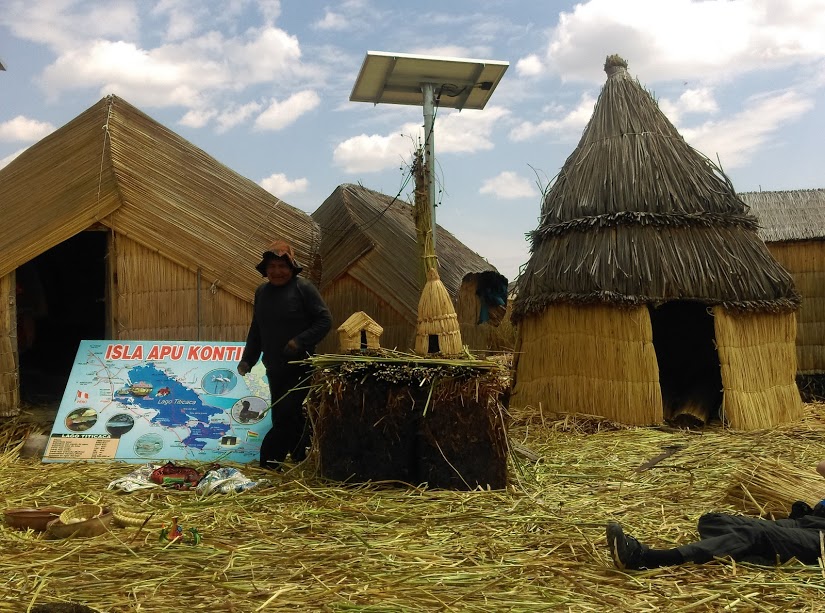 The president of the floating island (that’s what he called himself) told us about the Titicaca lake and th floating island.Their island is anchored now, but the floating islands used to be floating around.
The president of the floating island (that’s what he called himself) told us about the Titicaca lake and th floating island.Their island is anchored now, but the floating islands used to be floating around.
Some of the floating islands today are still floating freely around. They are far away, and they do not want to be part of the civilization (read tourists).
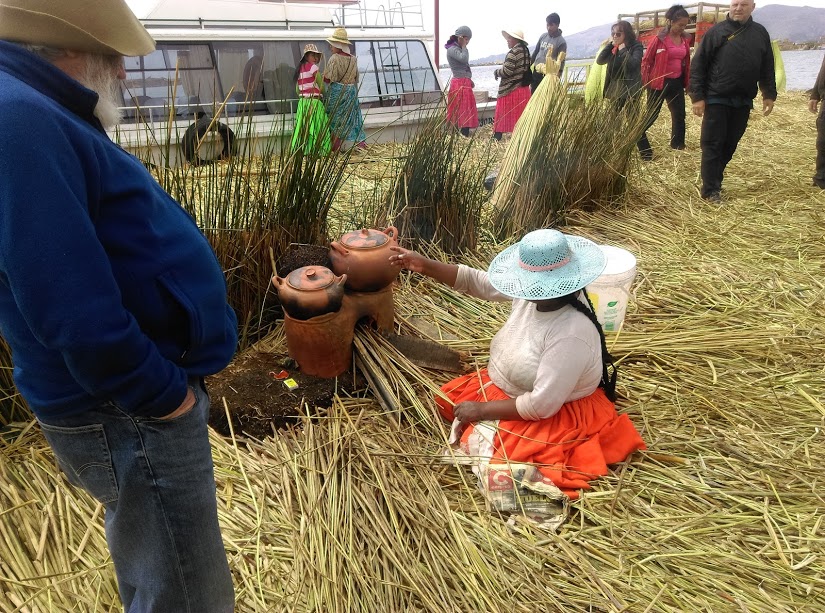 While the husband was giving a talk, his wife and one of his daughters were embroidering on some beautiful cloths, which were (of course) for sale afterwards. The inhabitants also go to the market on the mainland to sell their handcraft work. At the edge of the island, an elderly woman was sitting cooking on a fire. Yes indeed – this was a good experience. I felt I was back in ancient time.
While the husband was giving a talk, his wife and one of his daughters were embroidering on some beautiful cloths, which were (of course) for sale afterwards. The inhabitants also go to the market on the mainland to sell their handcraft work. At the edge of the island, an elderly woman was sitting cooking on a fire. Yes indeed – this was a good experience. I felt I was back in ancient time.
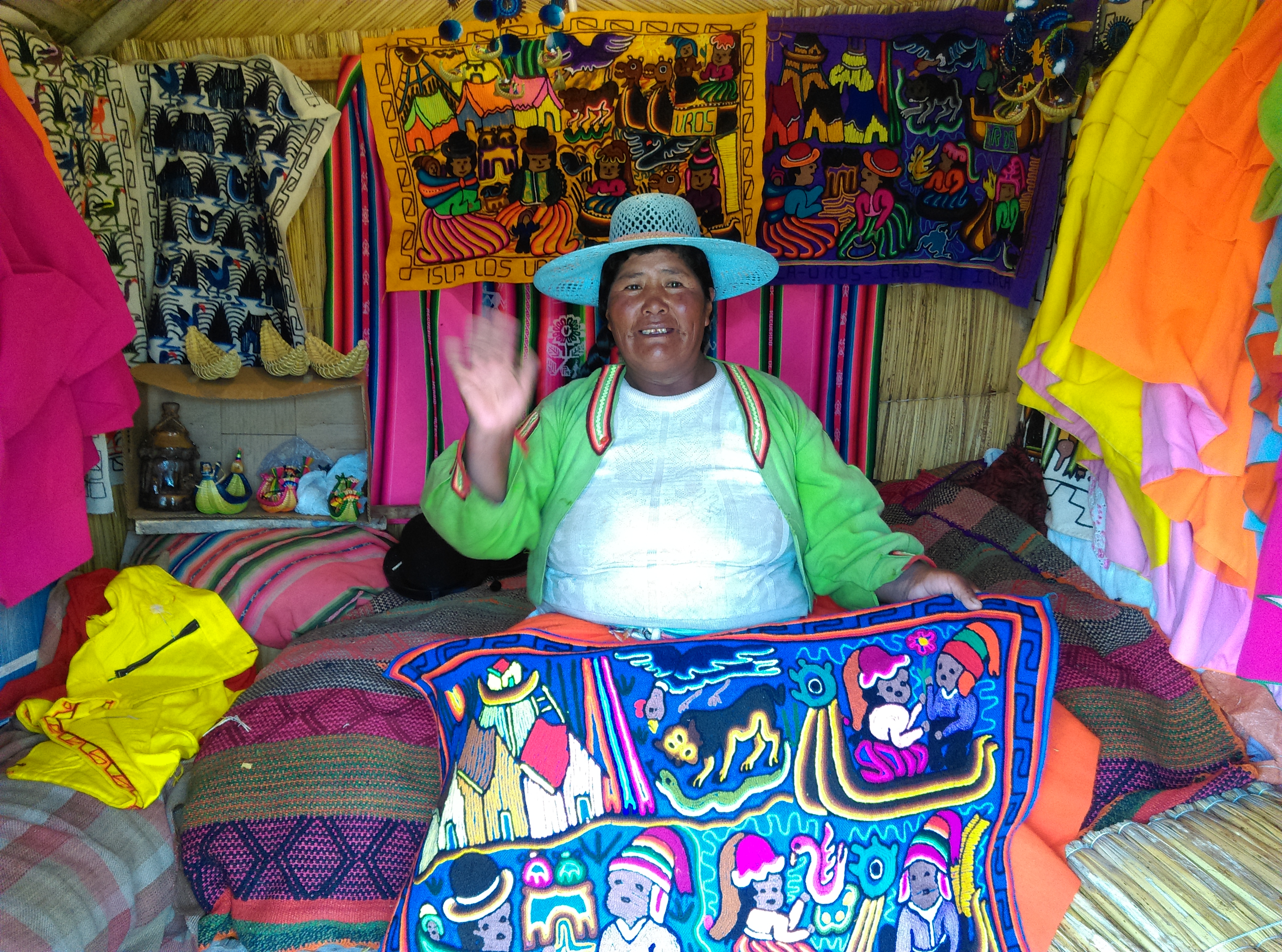 One of the last ceremonies, taking place shortly before Juan was going home, was an Ayni Karpay ceremony. We wer to initiate each other with our own power and insight. Very energetic and touching. I do not have a photo from this ceremony, but a photo from the snake portal – a chakana. At this site we had the Ayni Karpay ceremony as well as the one shown on the below photo.
One of the last ceremonies, taking place shortly before Juan was going home, was an Ayni Karpay ceremony. We wer to initiate each other with our own power and insight. Very energetic and touching. I do not have a photo from this ceremony, but a photo from the snake portal – a chakana. At this site we had the Ayni Karpay ceremony as well as the one shown on the below photo.
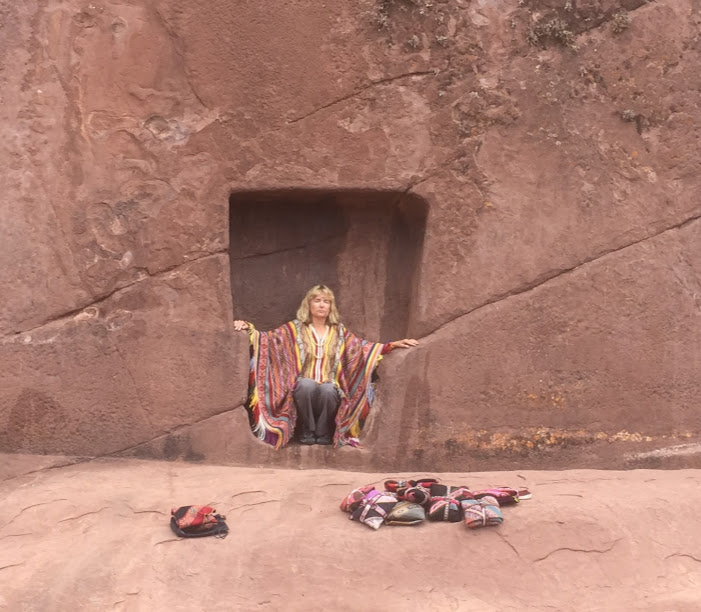 I have to show you the below photo from the fertility temple of Chukuito. This was one of the last ceremonial sites, before Juan left, and we went further on with Juan. The photo speaks for itself. 🙂
I have to show you the below photo from the fertility temple of Chukuito. This was one of the last ceremonial sites, before Juan left, and we went further on with Juan. The photo speaks for itself. 🙂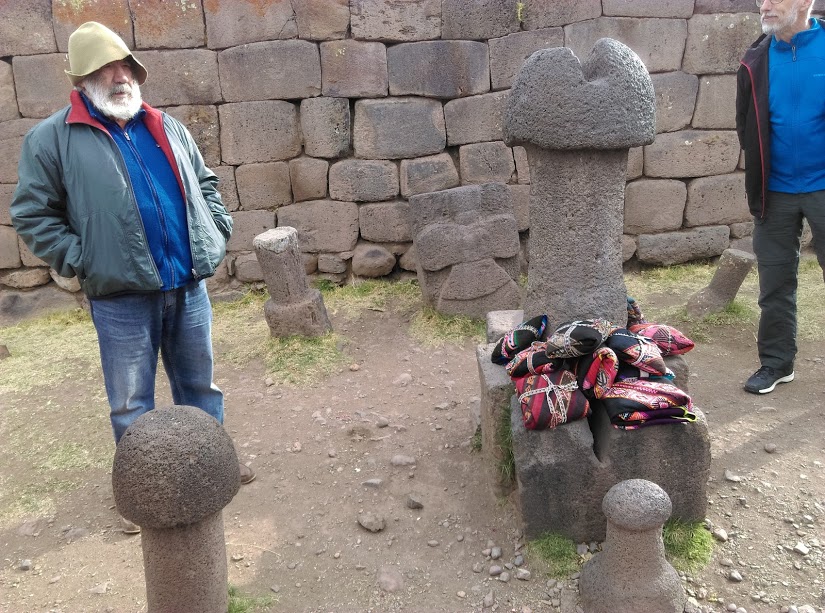
Copacabana
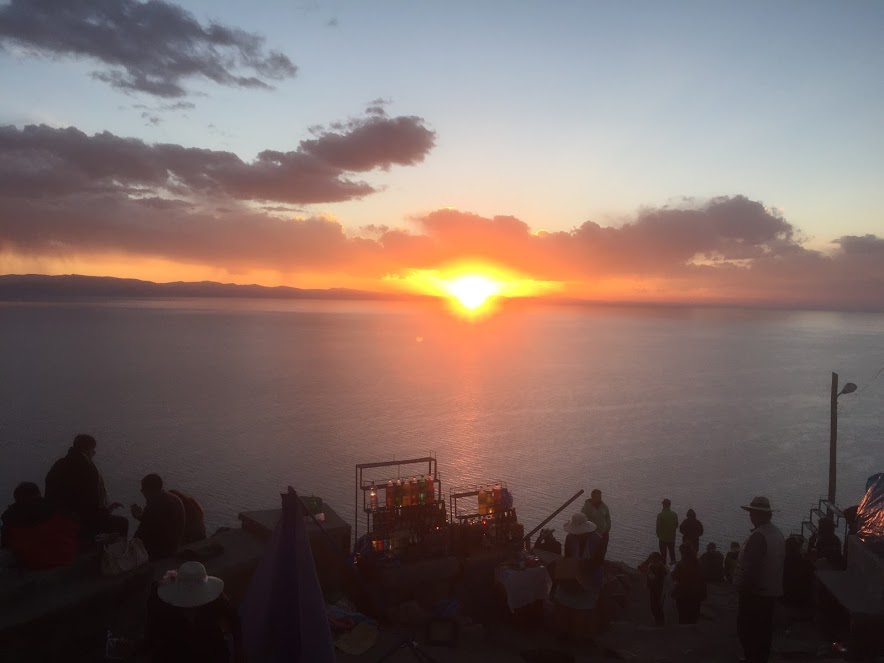
You might remember that I promised to tell you about our little trip to Copacabana. Nej – ikke i Brasilien – men the capital of the province of Manco Kapac of the department of la Paz in Bolivia. Bolivia is also a beautiful country, an we had some good ceremonies on the isle of the sun and the isle of the moon for instance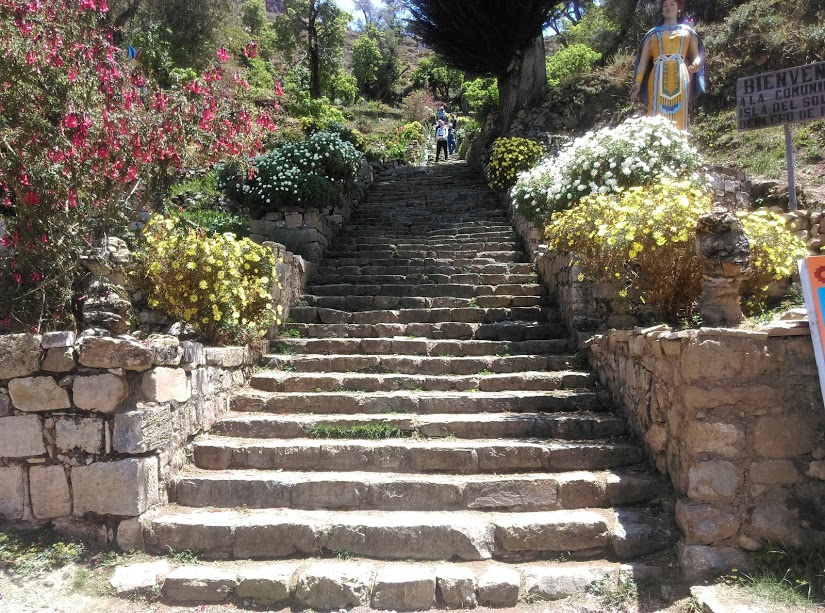
It was rather liberating reaching Copacabana. The border of Bolivia was somewhat sinister. Grey energy and grey men behind desks stamping papers. I got a little paranoid and OCD afterwards, when we were told that we had to really hold on to a little receipt slip, because otherwise we might risk not getting out of Bolivia.
Luckily, I did hold on to the note, so could return safely to Peru, where we stayed for one more night, before our countries called us back. Nearby the airport of Juliaca, we saw a lot of these small “tuc tuc cars”, which were driving on very bumpy roads – and mind you this were actually main streets. 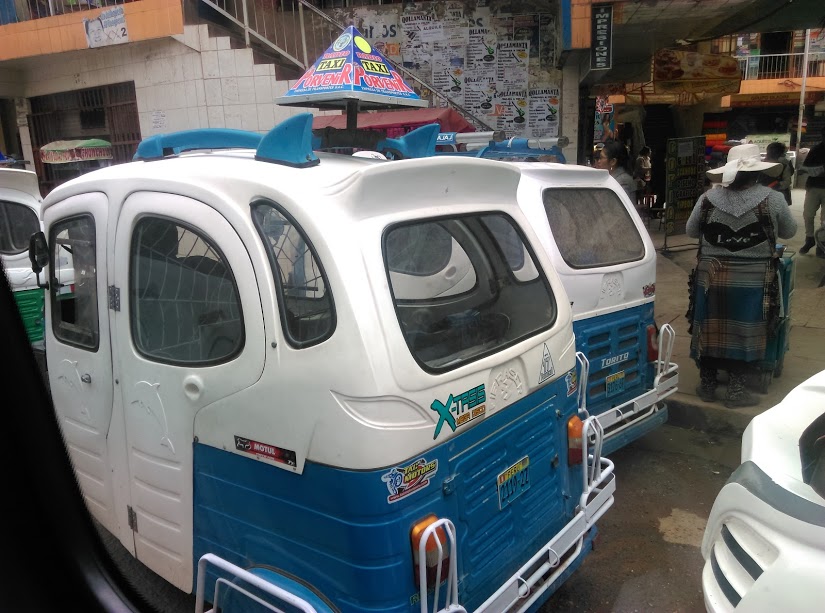
On our way to the airport we visited the beautiful site of Sillustani. The site of the dead people. They were “burried” in round towers, which varied in their size according to the importance of the person had been. i været. Læg også Please also note the island further out on the water. It is said that from this island the souls of the dead people ascend to the Hanaqpacha (heaven).
været. Læg også Please also note the island further out on the water. It is said that from this island the souls of the dead people ascend to the Hanaqpacha (heaven).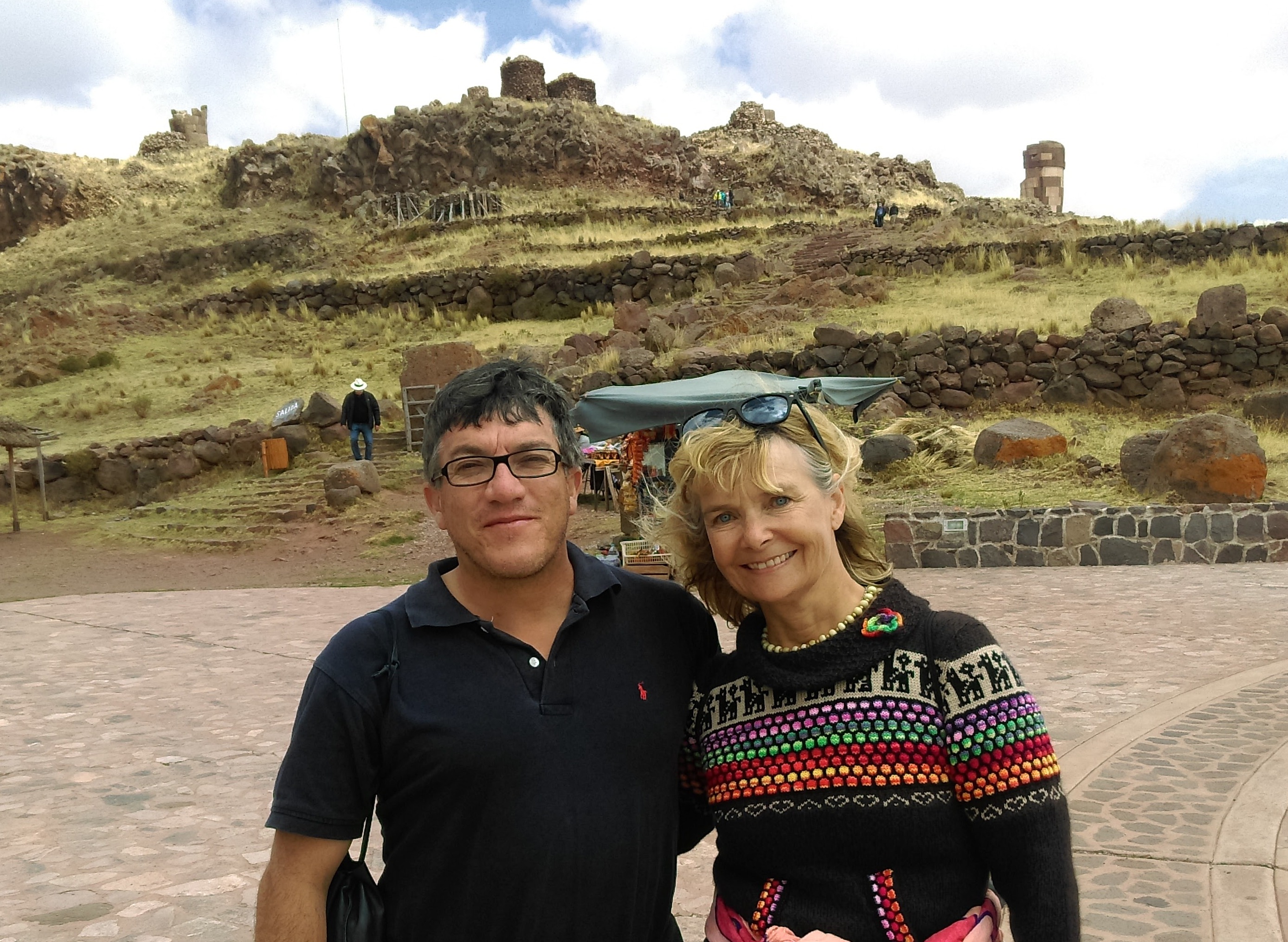
Thank you to Juan and Núñez del Prado and to the other participants of my group, who were all contributing to making my journey an unforgettable, transforming and teaching adventure.
Thank you to Pachamama, Hanaqpacha, Wiraqocha, all the Apu’s, all the Nusta’s, Pachacuti, and all the many power sites, we have visited – as well as all those I have forgotten to mention.
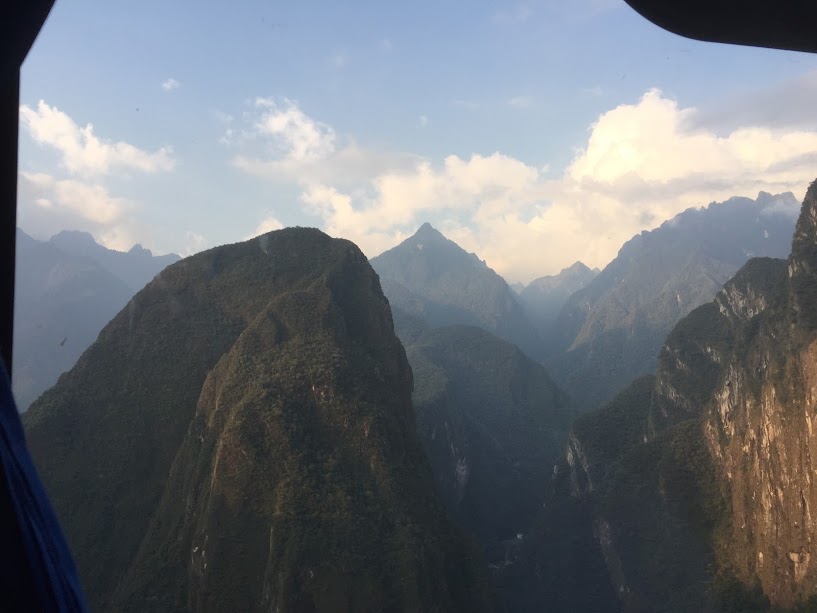
Hasta luego Peru!
Te quiero mucho
(Bloggens indhold er ikke sponsoreret/contents of the blog have not been sponsored)


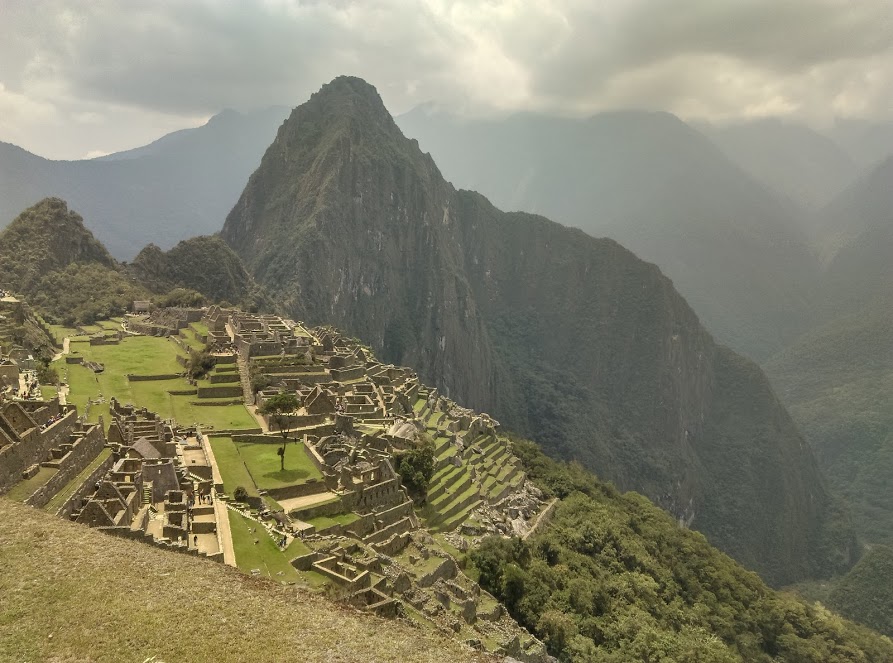
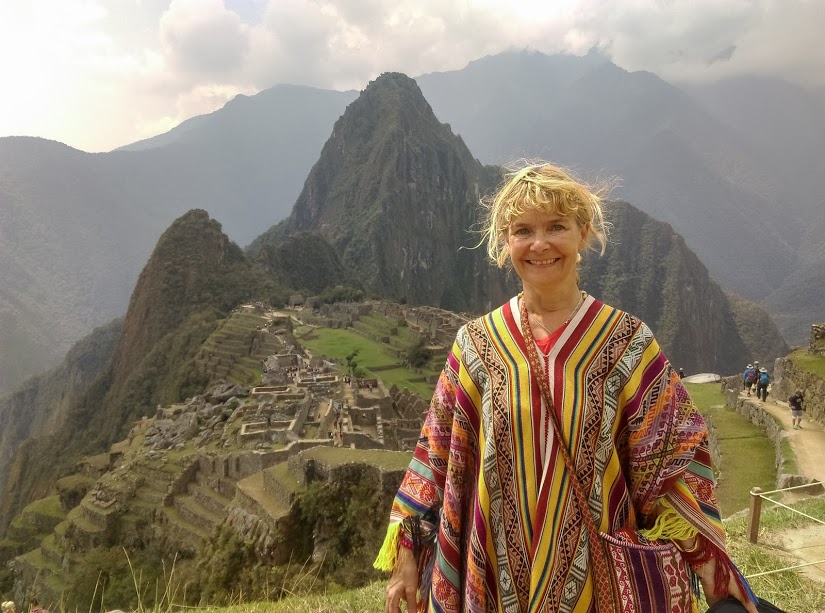
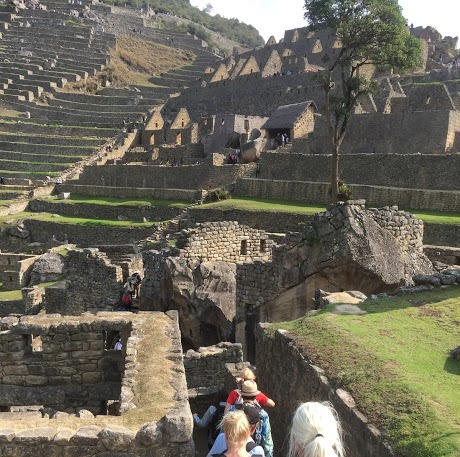
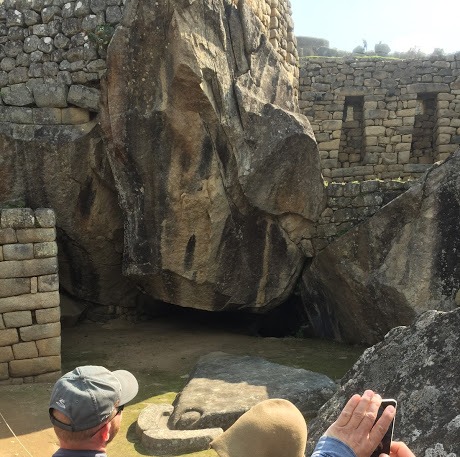
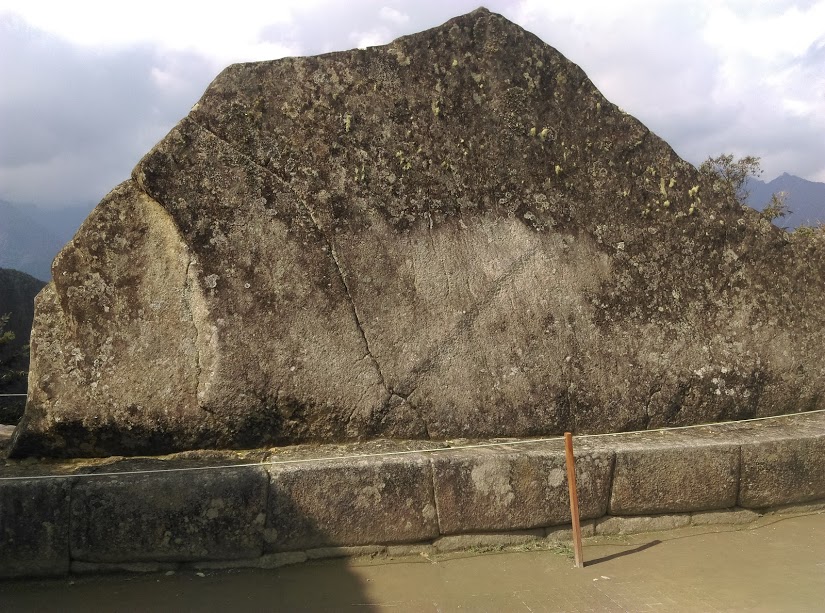
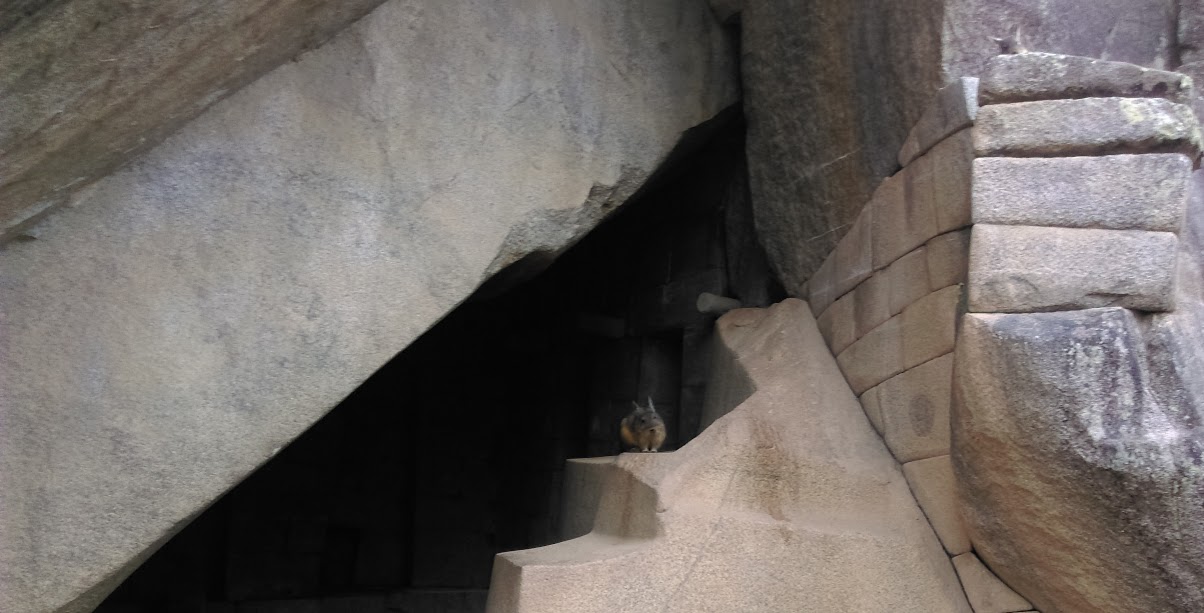 On our way out, we were watched by two chinchillas, living there. Number two is sitting at the right top of the photo
On our way out, we were watched by two chinchillas, living there. Number two is sitting at the right top of the photo
